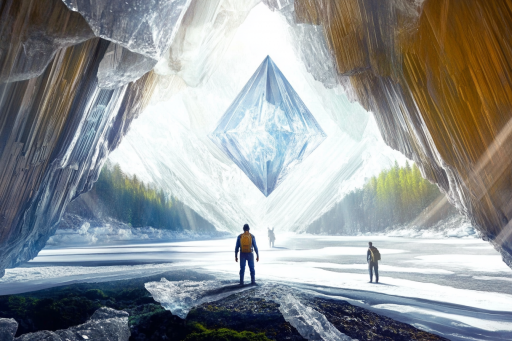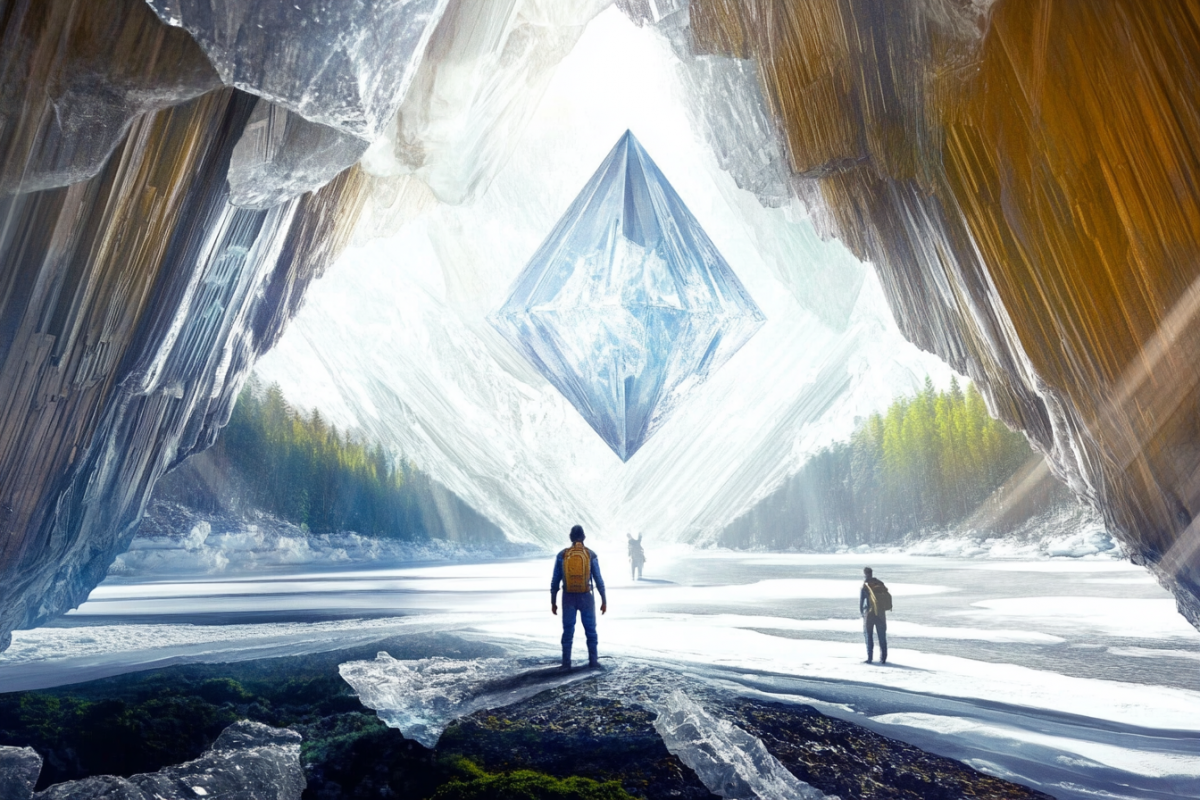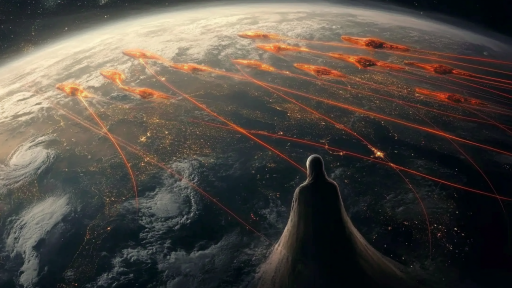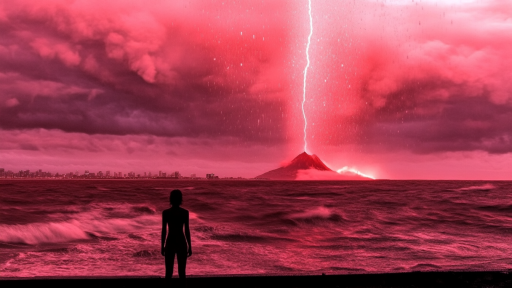
Some of the most breathtaking discoveries in history have emerged from the world’s most treacherous landscapes. From scorching deserts to uncharted jungles and perilous war zones, explorers and scientists have risked everything to unearth secrets long hidden from humanity. These astonishing finds reveal lost civilizations, scientific anomalies, and eerie remnants of the past, each carrying an incredible story. Venture into these extreme locations and uncover the wonders lurking in the most dangerous places on Earth.
The Frozen Mummies of the Andes

Deep in the icy peaks of the Andes, archaeologists made a chilling discovery—Inca mummies perfectly preserved by nature’s freezer. These sacrificial remains, dating back over 500 years, offer an eerie glimpse into ancient rituals and the extreme measures taken to appease the gods. Frozen in time, their intact clothing, skin, and even internal organs provide an unparalleled window into pre-Columbian civilization. The high-altitude find is both a haunting and awe-inspiring testament to history’s brutal yet fascinating past.
The Poisonous Cave of Crystals

Beneath the blistering deserts of Mexico lies a cave shimmering with some of the largest natural crystals on Earth. The Cave of the Crystals in Naica is a mesmerizing yet deadly wonderland, where temperatures soar beyond 120°F (49°C) and humidity reaches lethal levels. The colossal gypsum formations, some stretching over 30 feet, have been growing undisturbed for hundreds of thousands of years. Only researchers in protective suits can enter, making it one of the most dangerous yet visually stunning places ever explored.
The Cursed Tombs of the Sudanese Pyramids

Hidden beneath the scorching sands of Sudan lie ancient pyramids rivaling those of Egypt. Archaeologists braving the brutal desert heat uncovered burial chambers filled with gold, artifacts, and cryptic inscriptions warning of curses upon intruders. Unlike their more famous counterparts, these tombs belonged to the mysterious Kushite rulers, an enigmatic civilization that once ruled over Egypt. Some researchers believe strange illnesses and misfortunes have followed those who disturbed these ancient resting places.
The Radioactive Ruins of Chernobyl’s Lost Laboratory

Amidst the decaying ruins of Chernobyl, a forgotten lab was discovered—one filled with vials of dangerous, decades-old experiments. Sealed off since the 1986 nuclear disaster, this eerie find revealed research on radiation exposure and strange biological mutations. Gas masks, medical records, and rusting equipment paint a picture of Soviet-era secrecy. Scientists now cautiously study the remnants, uncovering chilling details about what was once conducted behind closed doors.
The Submerged City of Dwarka

Beneath the waves off India’s coast, divers stumbled upon what many believe to be the lost city of Dwarka. Ancient ruins, complete with temples and walls, lie eerily silent beneath the ocean, hinting at a civilization swallowed by time. Some researchers link the site to Hindu mythology, claiming it could be the legendary home of Krishna. The mysterious structures challenge our understanding of early civilizations and continue to baffle scientists with their unexplained origins.
The Cannibal Caves of Papua New Guinea

In the remote jungles of Papua New Guinea, researchers uncovered caves filled with human bones, some bearing unmistakable signs of cannibalism. These grim remnants suggest a ritualistic past, where tribal warfare and spiritual beliefs led to gruesome practices. The discovery sparked heated debates over the region’s dark history and the cultural significance of consuming one’s enemies. The isolated landscape, riddled with danger, continues to hold secrets of ancient traditions and survival.
The Boiling River of the Amazon

Deep in the Peruvian Amazon, scientists were stunned to find a river that defies nature—one so hot it can boil anything that falls into it. Indigenous legends spoke of its existence, but only recently was it confirmed by researchers. The geothermal phenomenon, fueled by underground heat sources, remains a scientific mystery. Animals unlucky enough to stumble in are instantly cooked, making this one of the most terrifying natural wonders ever documented.
The Alien Skeletons of the Atacama Desert

In Chile’s Atacama Desert, one of the driest places on Earth, a bizarre skeleton was unearthed—so small and strangely shaped that it sparked theories of extraterrestrial origins. With an elongated skull and an unusually tiny frame, some speculated it was proof of alien life. DNA tests eventually confirmed it to be human, but its deformities remain a scientific enigma. The find raises unsettling questions about genetic mutations and the harsh conditions of early desert dwellers.
The Ancient Plague Pits Beneath London

During excavations for a modern railway, workers stumbled upon mass graves filled with the skeletal remains of plague victims. The eerie discovery unearthed horrifying evidence of how the Black Death ravaged London centuries ago. Some skeletons bore signs of violent deaths, suggesting the chaos of a collapsing society. These grim pits serve as a chilling reminder of past pandemics and the fragile nature of human civilization.
What Else Lies Beneath?

The most astonishing discoveries often hide in the least hospitable places, waiting for a fearless explorer to unearth them. Whether buried under ice, submerged in water, or concealed in toxic wastelands, the past refuses to stay hidden forever. Each new find reshapes our understanding of history, proving that danger and discovery go hand in hand. Who knows what other secrets still lurk beneath the surface, waiting for the right moment to be revealed?





